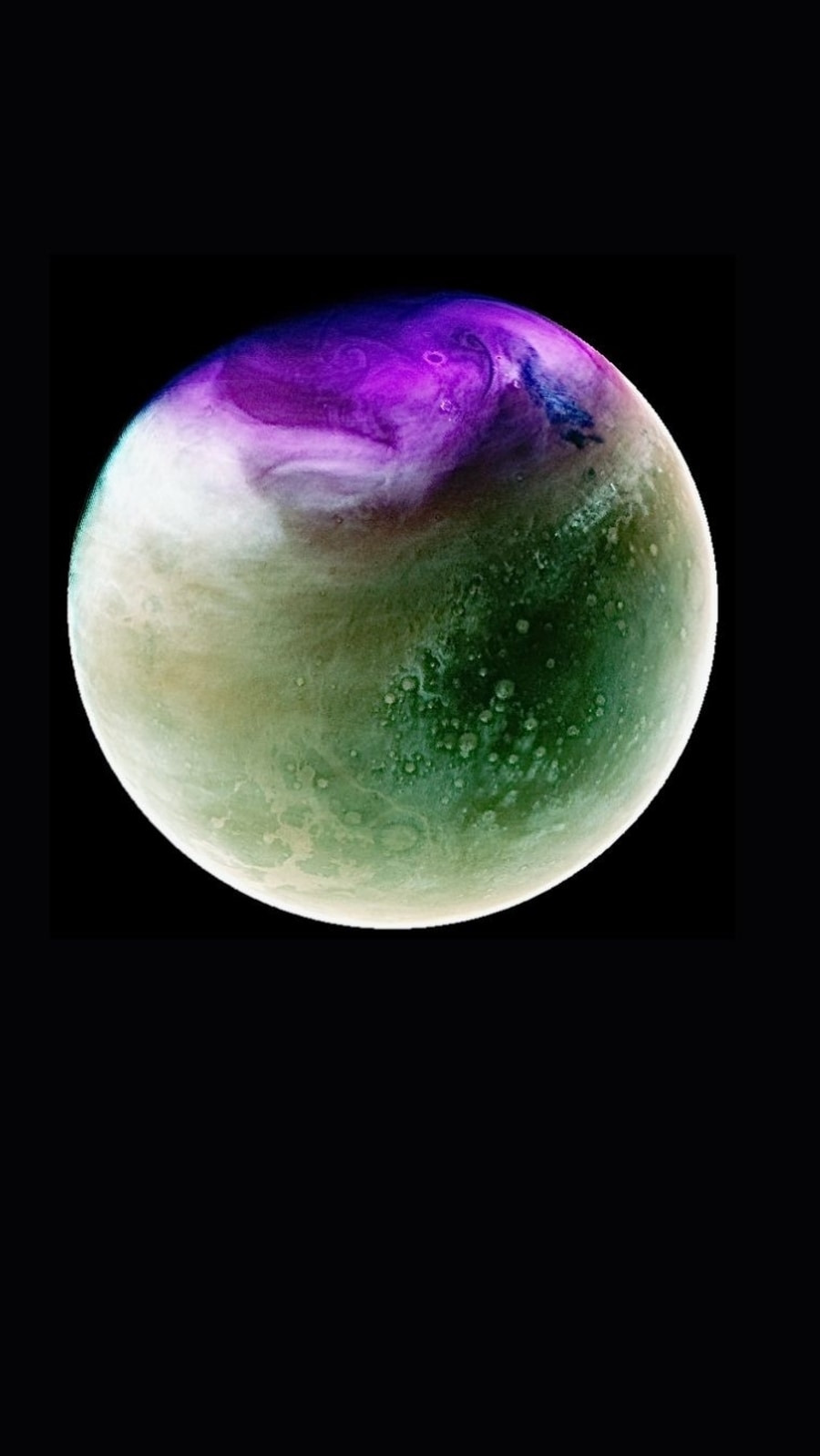Mangalyaan-2 mission: Know how ISRO will carry out its next Mars mission
Want to become an ISRO scientist? Check out the jobs available
How to personalise iPhone lock screen and make it more appealing
Aditya-L1 mission: How ISRO’s project may help prevent communications breakdown on Earth



